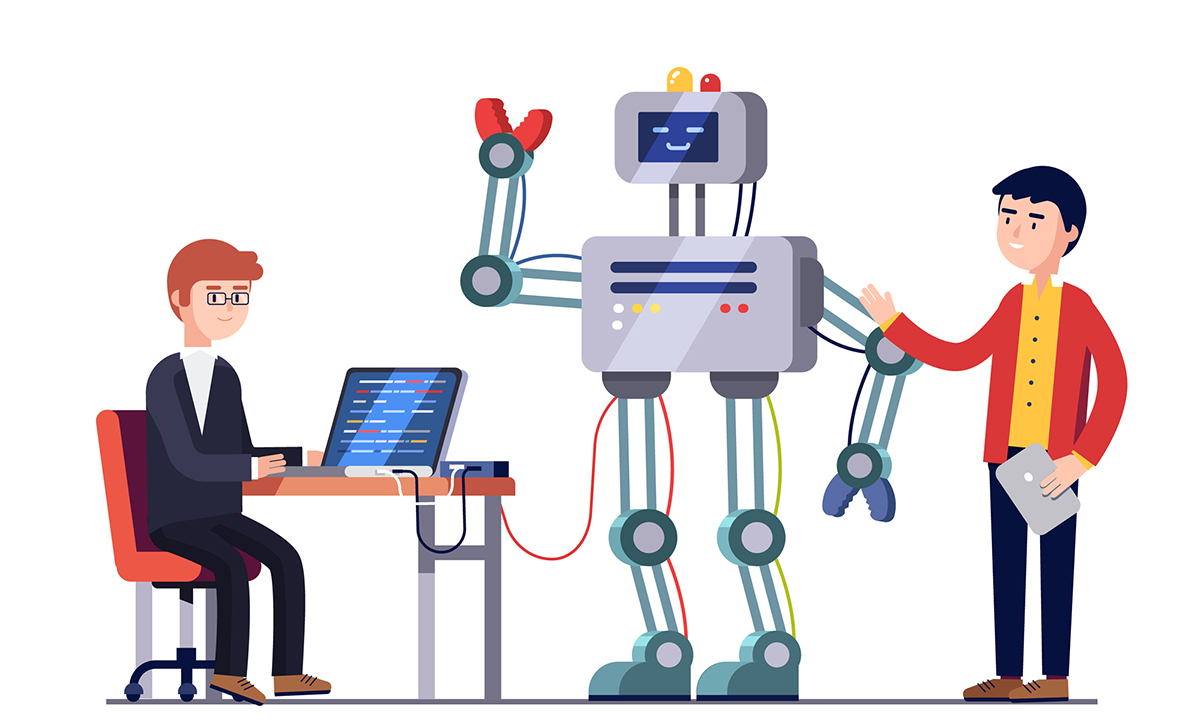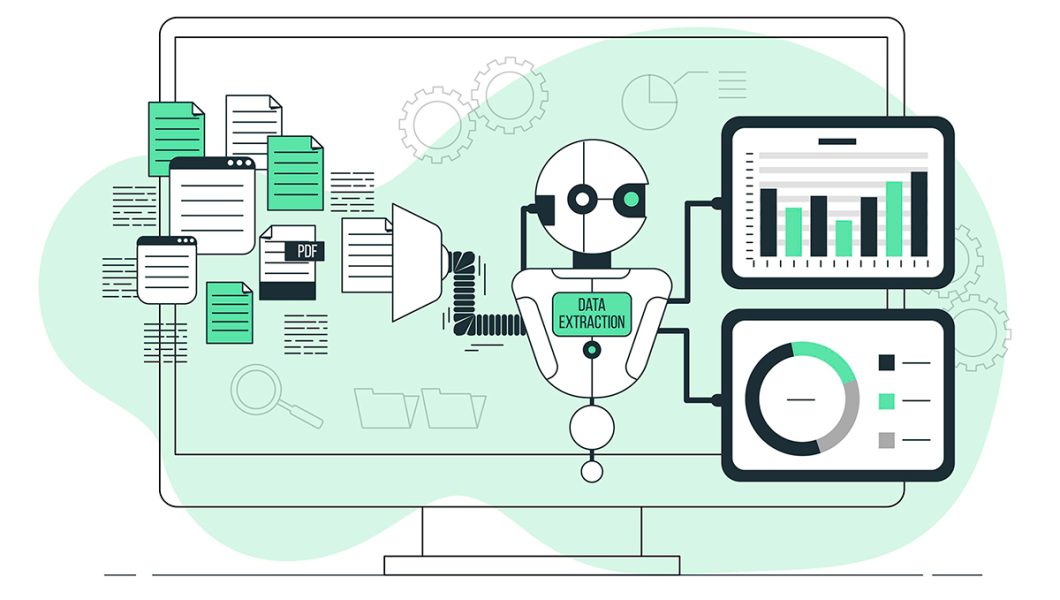Introduction
Definition of Robotic Process Automation (RPA): Introduce the concept of RPA as a cutting-edge technology that enables businesses to automate repetitive tasks using software robots or “bots.”
Brief explanation of its increasing popularity and relevance in various industries: Highlight the growing trend of organizations adopting RPA to enhance efficiency and reduce operational costs.
The Evolution of Automation
A historical perspective on automation and its impact on industries over time: Trace the evolution of automation from traditional manufacturing to the digital era.
Introduction of RPA as the latest breakthrough in automation technology: Showcase RPA as the next-generation automation solution that goes beyond simple rule-based tasks.
Understanding Robotic Process Automation
Key features and capabilities of RPA systems: Detail the functionalities of RPA, such as data entry, data extraction, and workflow automation.
How RPA differs from traditional automation and its advantages: Compare RPA to traditional automation methods, emphasizing its flexibility, scalability, and ability to work across various applications.
The Impact on Industries
Examining specific industries that have embraced RPA: Explore industries like finance, healthcare, and customer service, where RPA has made significant strides.
Real-world examples of successful RPA implementations: Provide case studies showcasing how companies have leveraged RPA to achieve tangible benefits like cost savings and improved accuracy.

Enhancing Efficiency and Productivity
How RPA streamlines repetitive tasks and processes: Explain how RPA can handle repetitive tasks faster and with fewer errors, freeing up human resources for more strategic activities.
The role of RPA in optimizing resource allocation and workforce productivity: Discuss how RPA can complement human workers, leading to a more productive and collaborative workforce.
Overcoming Challenges and Concerns
Addressing common misconceptions and fears about RPA: Tackle concerns related to job displacement and the potential impact on the workforce.
Strategies for a smooth and successful RPA adoption: Provide tips and best practices for organizations to implement RPA effectively, ensuring a successful transition.
The Future of RPA
Predictions for the growth and evolution of RPA technology: Discuss the projected trajectory of RPA and its integration with emerging technologies like AI and machine learning.
Anticipated impact on the job market and the workforce of tomorrow: Delve into how RPA adoption may reshape job roles and the skills required in the future job market.
Ethical Considerations
Discussing the ethical implications of increased automation: Explore the ethical dilemmas surrounding RPA, such as data privacy and the responsible use of automation.
Balancing efficiency gains with social and ethical responsibilities: Highlight the importance of responsible RPA implementation to avoid negative social impacts.
Embracing RPA: Tips for Businesses
Steps for organizations to assess their readiness for RPA implementation: Outline the preparatory measures companies should take before implementing RPA.
Best practices for incorporating RPA into existing workflows: Offer guidance on seamlessly integrating RPA into existing processes to maximize its benefits.
Conclusion
Recap of how RPA is transforming industries: Summarize the significant role RPA plays in revolutionizing industries and reshaping the future of work.
Final thoughts on the potential of RPA to shape the future of work and industry: Emphasize the transformative potential of RPA in driving innovation and efficiency across diverse sectors.






No Comments